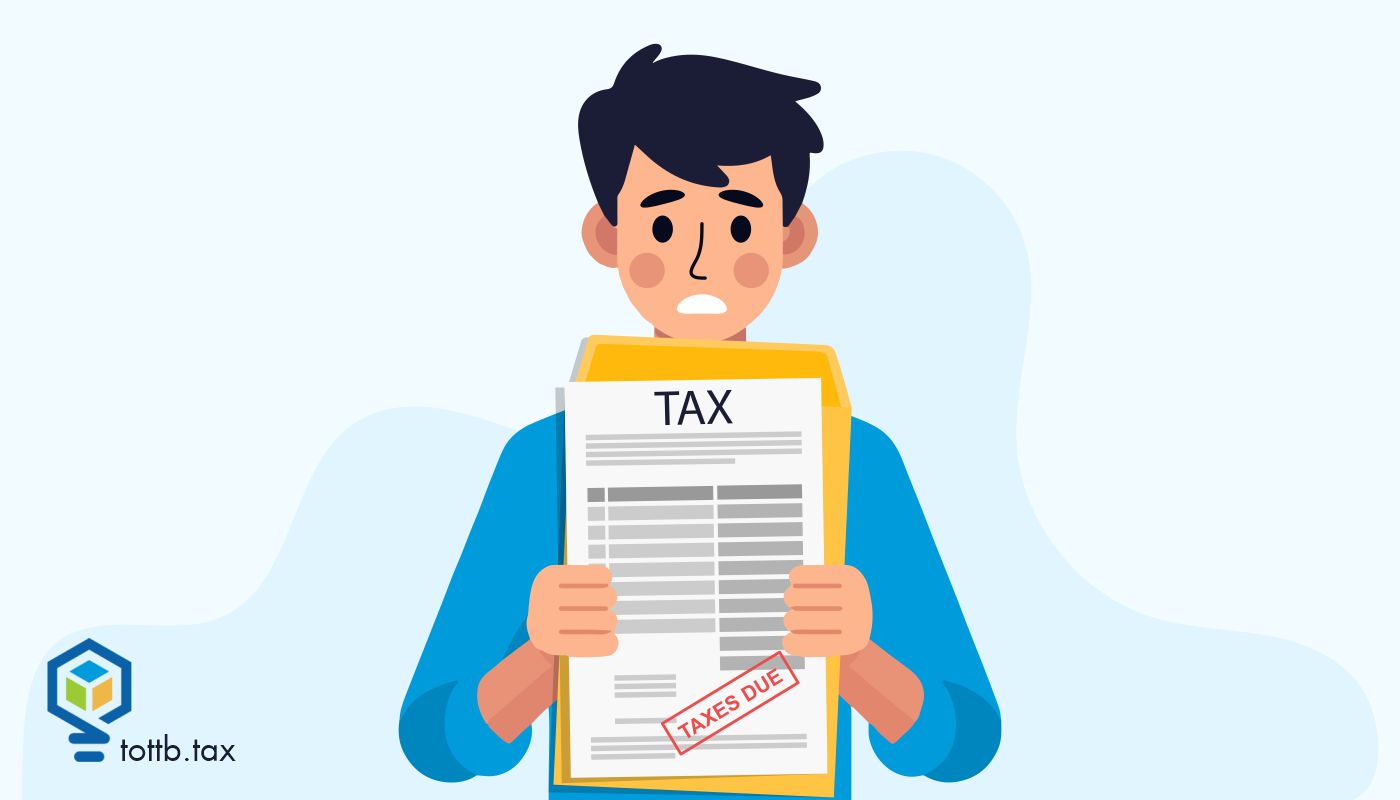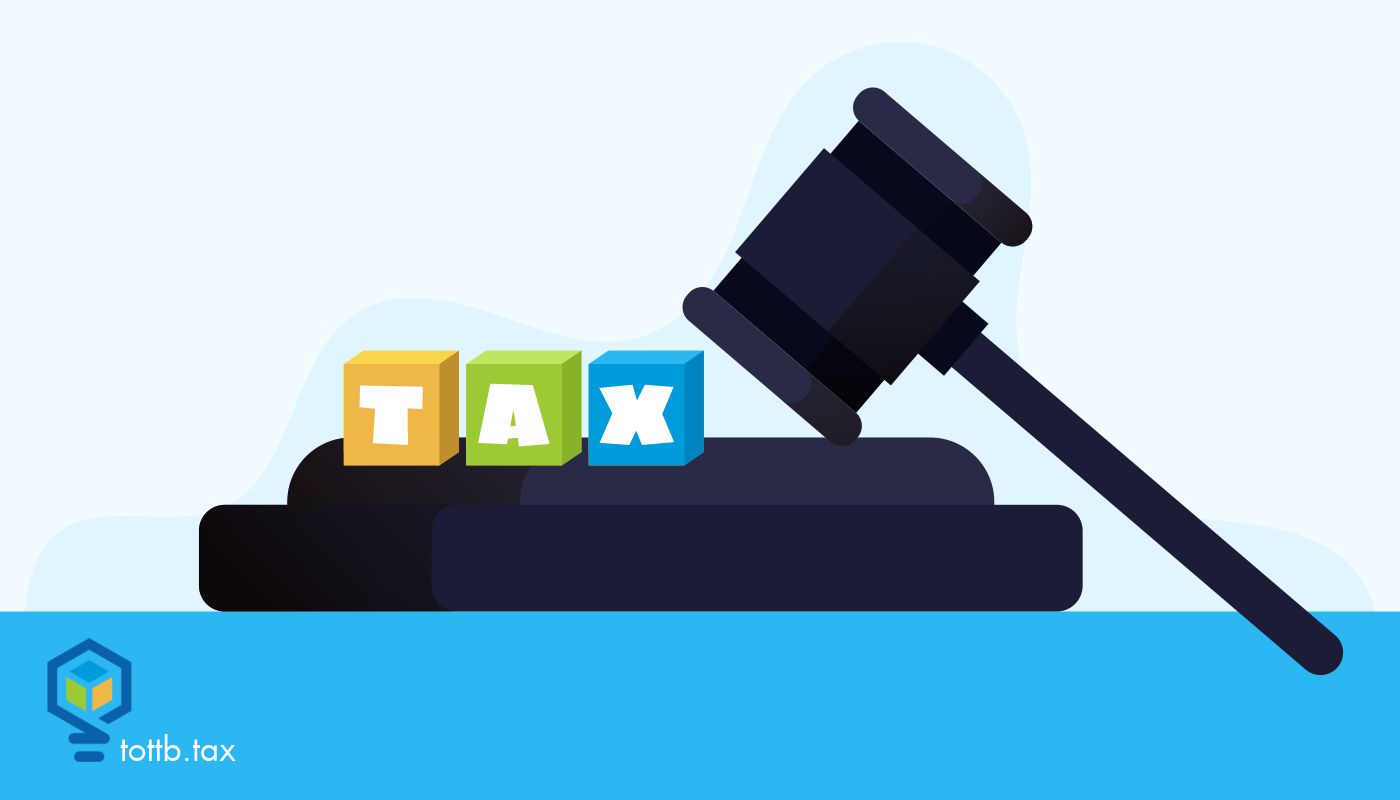The following is a summary of one of the dozens of updates (within our already comprehensive tax law library) created every month for our Tax Law Pro subscribers. Not a Pro Subscriber yet? Click here to learn more!
The IRS has released the updated per diem rates for the 2024-2025 period (IRS Notice 2024-68), which are now effective for business travel beginning October 1, 2024. These rates play an essential role in helping tax professionals and businesses substantiate the ordinary and necessary expenses incurred by employees while traveling for work. Here’s what you need to know about how per diem works, the effective dates of these changes, and a comparison of the new rates with last year’s numbers.
How Per Diem Works
Per diem rates simplify the reimbursement process for business travel expenses by providing a daily allowance, rather than requiring receipts for each individual expense. These rates cover two primary categories:
- Meals and Incidental Expenses (M&IE): Includes meals, tips, and other minor expenses (e.g., porters, housekeeping).
- Lodging: In some cases, the per diem also includes lodging, though the high-low method distinguishes between high-cost and low-cost localities.
There are two main methods tax professionals should be aware of:
- High-Low Substantiation Method: Provides different rates for high-cost and low-cost localities.
- Transportation Industry Special Rates: Applies to employees in the transportation industry, offering a separate per diem for meals and incidental expenses while traveling.
Employers can use these IRS-approved per diem rates to reimburse employees without requiring detailed receipts. This simplifies record-keeping, and if per diem rates are used, the amounts are not considered taxable income to the employee, provided they are at or below the IRS-approved rates.
New 2024-2025 Per Diem Rates (Effective October 1, 2024)
The updated per diem rates reflect changes in travel and lodging costs for different localities across the U.S. Here’s a summary of the new rates:
- High-Cost Localities:
- 2024-2025 Rate: $319 per day (includes lodging, meals, and incidental expenses)
- Meals and Incidental Expenses (M&IE): $86 per day
- Previous (2023-2024) Rate: $297 per day / $74 M&IE
- Low-Cost Localities:
- 2024-2025 Rate: $225 per day (includes lodging, meals, and incidental expenses)
- Meals and Incidental Expenses (M&IE): $74 per day
- Previous (2023-2024) Rate: $204 per day / $64 M&IE
- Transportation Industry Special Rates:
- 2024-2025 Rate: $80 per day for travel within the continental U.S. (CONUS) and $86 per day for travel outside the continental U.S. (OCONUS)
- Previous (2023-2024) Rate: $69 per day (CONUS) and $74 per day (OCONUS)
Key Changes to High-Cost Localities
Several locations have been added to or removed from the list of high-cost localities, and some have had their status updated for portions of the year. Los Angeles, CA and Palm Springs, CA are among those added as high-cost localities, while Mill Valley/San Rafael/Novato, CA and Pensacola, FL have been removed.
Effective Dates and Transition
The new per diem rates take effect for travel starting October 1, 2024. Employers reimbursing employees for travel between October 1, 2024, and September 30, 2025, should use the updated rates. For the last three months of 2024, there are transition rules provided in Rev. Proc. 2019-48 to help with any overlap in per diem rates.
What This Means for Tax Professionals
For tax professionals, these changes mean staying on top of the updated rates to ensure clients are accurately substantiating travel expenses. Employers using per diem rates for employee travel should be prepared to implement the new rates for any travel starting after October 1, 2024.
Additionally, the increase in per diem rates for high-cost and low-cost localities reflects rising travel expenses, which may affect clients’ travel budgeting. With the new higher meal rates, businesses might want to re-evaluate their reimbursement strategies to remain compliant while managing costs effectively.
As always, it’s crucial to remind clients that if they use the IRS per diem rates for employee travel, these reimbursements will not be considered taxable income, provided they don’t exceed the set limits.
Final Thoughts
Tax professionals play a key role in helping businesses navigate the complexities of travel reimbursement. With the IRS’s new 2024-2025 per diem rates now in effect, ensuring clients are compliant with the latest regulations is critical. By understanding and implementing these changes, businesses can streamline their travel expense reporting while keeping their tax obligations in check.











